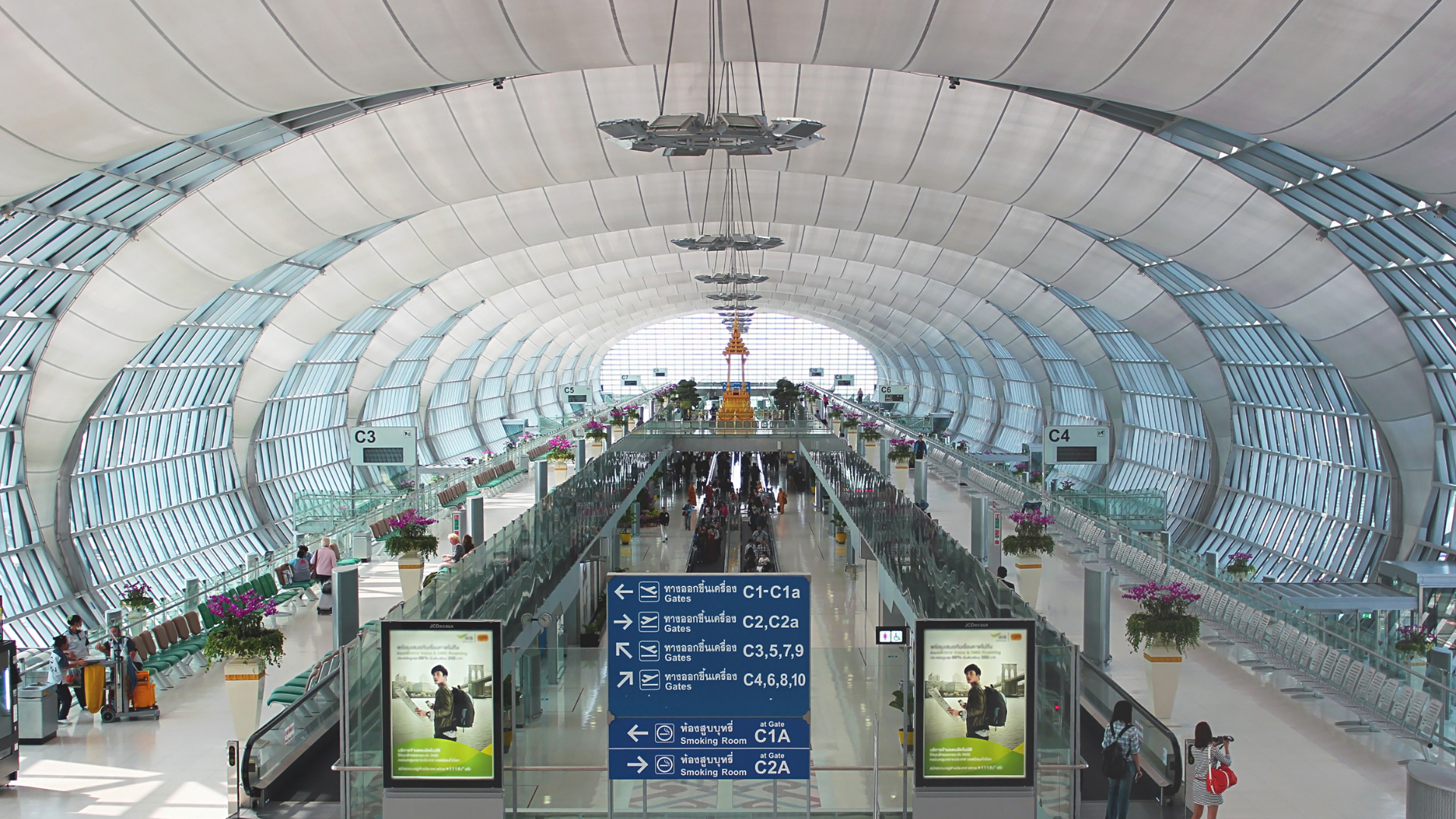Between aircraft, passengers, baggage, schedules, airports are in a constant state of motion in a system that never truly stops. Yet when it comes to workforce planning, many airports are still working from a static playbook:
- Rosters built once a year.
- Training plans set and forgotten.
- Job requirements copied forward from the last audit cycle.
The reality is that airports are dynamic environments with roles that evolve as technology advances, regulations shift, and passenger expectations rise. The workforce plan that worked 12 months ago may not align with today’s needs and that’s where traditional approaches fall short.
From fixed plans to flexible systems
In many industries, workforce planning is still seen as a one-off project: define the jobs, assign the people, roll out the training, and done. Unfortunately, airports don’t operate in a “set and forget” world.
A single operational change, like a new baggage system or security screening protocol, can ripple across dozens of roles and competencies. Without a responsive way to identify which staff need new training, who’s qualified, and where gaps exist, airports risk inefficiencies, safety issues, or non-compliance.
The cost of standing still
According to ACI World, over 80% of airports cite attracting and retaining skilled staff as their top workforce challenge. Part of the problem isn’t just a shortage of talent but the inability to see, at any given moment, what skills exist across the organization.
Static systems make it hard to answer questions like:
-
Who’s qualified to operate new equipment?
-
Which roles will be impacted by an upcoming regulation?
-
Where are the next potential supervisors or trainers coming from?
When workforce data lives in disconnected spreadsheets or legacy systems, it’s impossible to get a clear view of your capabilities, and when you can’t see your workforce clearly, you can’t plan effectively.
Rethinking workforce planning as a continuous loop
Leading airports are shifting away from rigid, top-down workforce plans toward dynamic models built on real-time data and continuous improvement.
Instead of annual reviews, they track performance, competencies, and training needs year-round. Instead of relying on generic job descriptions, they use benchmarking to define clear, measurable standards for each role. And instead of treating training as a checkbox exercise, they connect it directly to operational outcomes.
It’s not about having a bigger system. It’s about having a smarter one that learns with you.
Where Klayo fits in
Klayo helps airports build this kind of living system. By connecting job data, training records, and performance insights in one platform, it gives leaders real visibility across every department and site.
That means:
-
Workforce gaps can be identified early, not during an audit.
-
Training programs can adapt to changing requirements.
-
Managers can plan based on current skills, not assumptions.
-
Staff have clearer growth pathways and expectations.
This empowers managers with a workforce that evolves in step with operations instead of lagging two steps behind.
The future is adaptive
The next generation of airport leaders will view workforce planning not as an HR function, but as a strategic capability that directly impacts operational resilience, safety, and performance.
In a system as complex as an airport, the ability to see, predict, and respond to workforce change is a competitive advantage.
Keep in mind that just like your runways, gates, and schedules, your workforce should always be moving forward.




